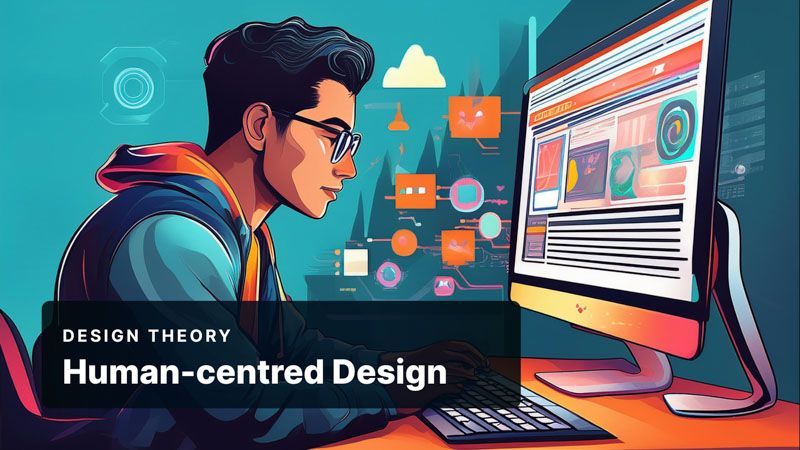Ontology: Our Interactions with Reality
Published: November 2, 2024
Author: Rhys Dyson
Looking to create greater experiences on the web?
If you're looking to create a website that doesn't just serve a function but enhances the way users connect with your product, let’s talk about how design can meet your customers' needs.
Enquire nowWhat is Ontology?
Ontology, often referred to as the "study of being," explores the essence of existence, our interaction with reality, and our ways of being. In design, ontology considers the impact of artefacts on our lives, shaping our routines, environment, and understanding of the world.
Ontology and Design: The Connection
Every designed object—whether a mobile app, a website, or a physical artefact—carries an underlying ontology. It reflects its purpose and fundamentally changes the way people interact with it and the world around them. For instance, a website optimised for small businesses doesn’t merely exist; it reshapes how businesses reach customers, handle interactions, and build credibility online. When I design websites for clients, I always consider these ontological impacts, ensuring that the finished site contributes to a more effective, user-centric experience.
Artefacts: More Than Just Objects
An artefact in design isn’t simply a tool or an aesthetic item—it actively influences our way of life. A well-designed artefact has the potential to improve processes and create a seamless experience. From traditional tools like a well-crafted chair that supports posture to a modern, functional website that simplifies navigation, these creations shape human behaviour and expectations.
The Impact of Ontology on User Experience
Considering ontology in design means thinking about how users will experience and interpret a design over time. For instance, the design of a user-friendly website can directly impact how easily people find what they need, enhancing their experience and making interactions more intuitive. In this sense, ontology isn’t just a concept for physical objects; it also applies to digital experiences, where every choice shapes the user’s journey. When we craft digital spaces that feel natural and engaging, we’re honouring the ontological role of design.
Understanding ontology in design reminds us that what we create influences how people experience the world. This foundational concept encourages designers to look beyond aesthetics and functionality and consider the profound impact their creations can have on daily life. Whether through small, practical artefacts or complex digital interfaces, ontology guides us to design with awareness of our audience’s unique ways of being. As designers, embracing this perspective ensures that our work isn’t just useful, but meaningful.
FAQs
What is ontology in design?
Ontology in design refers to the study of how design objects affect human existence and ways of being. It examines how designed artefacts shape daily life and influence human behaviour.
It can also take several weeks or months for your page to rank or appear in search engine results pages, so it's always best to go live as soon as possible.
How does ontology impact the design process?
Understanding ontology helps designers create products that resonate with users on a fundamental level by considering how they will be used, experienced, and integrated into life.
It can also take several weeks or months for your page to rank or appear in search engine results pages, so it's always best to go live as soon as possible.
Why is ontology important for web designers?
Ontology allows web designers to approach projects from a human-centred perspective, creating websites that address user needs and encourage positive experiences.
How is ontology different from other design principles?
Unlike functional design principles, ontology considers the philosophical implications of design, focusing on the relationships between users and the artefacts they interact with.


